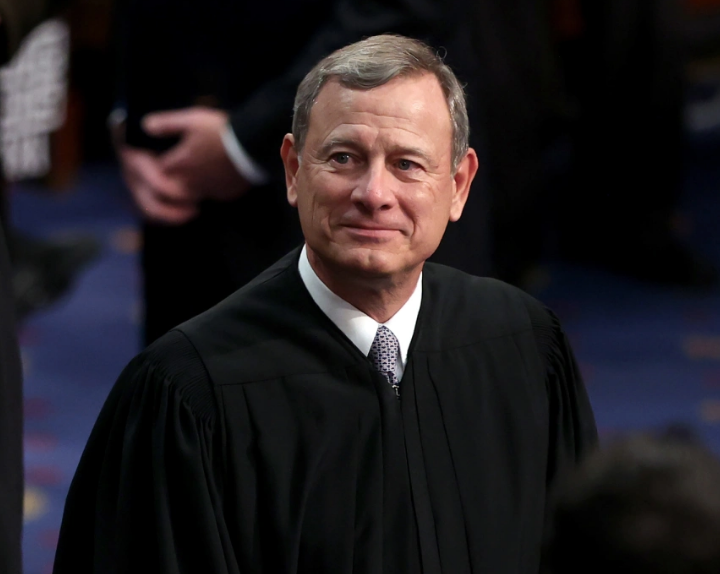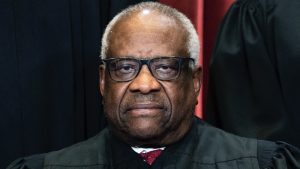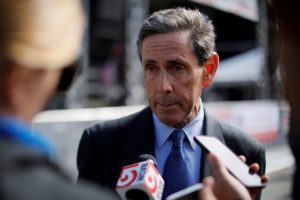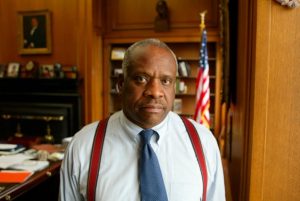Chief Justice John Roberts recently authored a majority opinion that struck down the Biden administration’s student debt relief plan.
However, the ruling did not end without controversy, as it included a note from Roberts defending the Supreme Court’s legitimacy and criticizing the dissenting liberal justices.
Who appointed John Roberts?
John Roberts began his career as a federal judge in 2003 after being appointed by President George W. Bush to the District of Columbia Circuit. During his two-year tenure, Roberts wrote 49 opinions and authored three dissents. In 2005, President Bush nominated him for the position of Chief Justice, and he has since become a prominent member of the court’s conservative wing.
Justice Elena Kagan, in her dissent, strongly disagreed with the court’s decision to strike down the student debt plan and questioned the court’s authority to hear the case. She accused the majority of overstepping its role in governance.
Roberts responded to Kagan’s dissent, expressing his disagreement with her take on the court’s role. He highlighted the disturbing trend of criticizing decisions with which one disagrees as going beyond the judiciary’s proper function.
The ruling on student debt marked the final opinion of the court’s term, following a year that included the controversial overturning of constitutional abortion protections. The court’s public approval has suffered, and it has faced ethics scandals, leading to calls for an outside intervention to impose a binding code of ethics.
Kagan’s dissent, joined by Justices Sonia Sotomayor and Ketanji Brown Jackson, was delivered from the bench, indicating the justices’ significant disagreement on the matter.
Roberts, in his decision, acknowledged the dissenting justices’ disagreement but emphasized the importance of avoiding any misperception that could harm the court’s reputation and the country as a whole.
Kagan, known for her efforts to build consensus on the court, had previously expressed concerns about the court’s legitimacy following the abortion decision. She warned that the court was putting its credibility at risk.
Also Read: Supreme Court to rule on Biden’s student loan program
The ruling on student debt has reignited the debate surrounding the Supreme Court’s legitimacy and the role of justices in shaping policy. It underscores the ongoing tensions and divisions within the court and raises questions about its standing in the eyes of the public.







